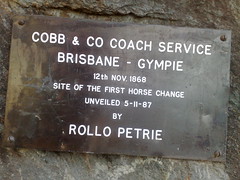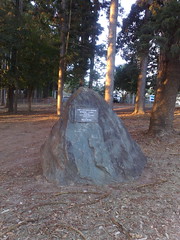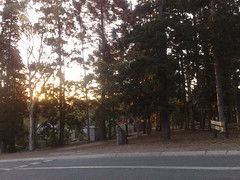We rode from Lawnton to Redcliffe and back today. The round trip was about 50km and took us just over 90 minutes each way. Luckily the trip is mostly flat, so once you settle into a rhythm, it’s pretty effortless. (Honestly, it is!). I’m really impressed with the quality of bikeways along the way, and love the way that the old Hornibrook bridge is available for use by pedestrians and cyclists. It’s a beautiful old bridge, a little run down, but as you can see in this photo, it still has a bit of old charm.
Four of us rode: My mate Simon from next door, Isaac, Harrison and me. The good thing about cycling is that although it’s hard work at times, you get to have some good conversations with the people you’re riding with. Sometimes one or two people might go ahead for a while, but it was a team effort, so we all tried to stick together.
Lunch at the Woody Point pub was a highlight for me. Cold beer tastes magic when you’ve ridden 25km in the heat beforehand. I’d love to do this ride again!
You can see where we went on the map below. Unfortunately the batteries on my phone ran out halfway on the way back, but we started and finished at the same point so it gives you an idea of the route.
























